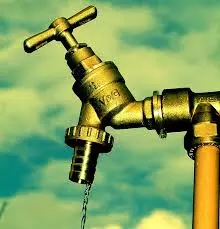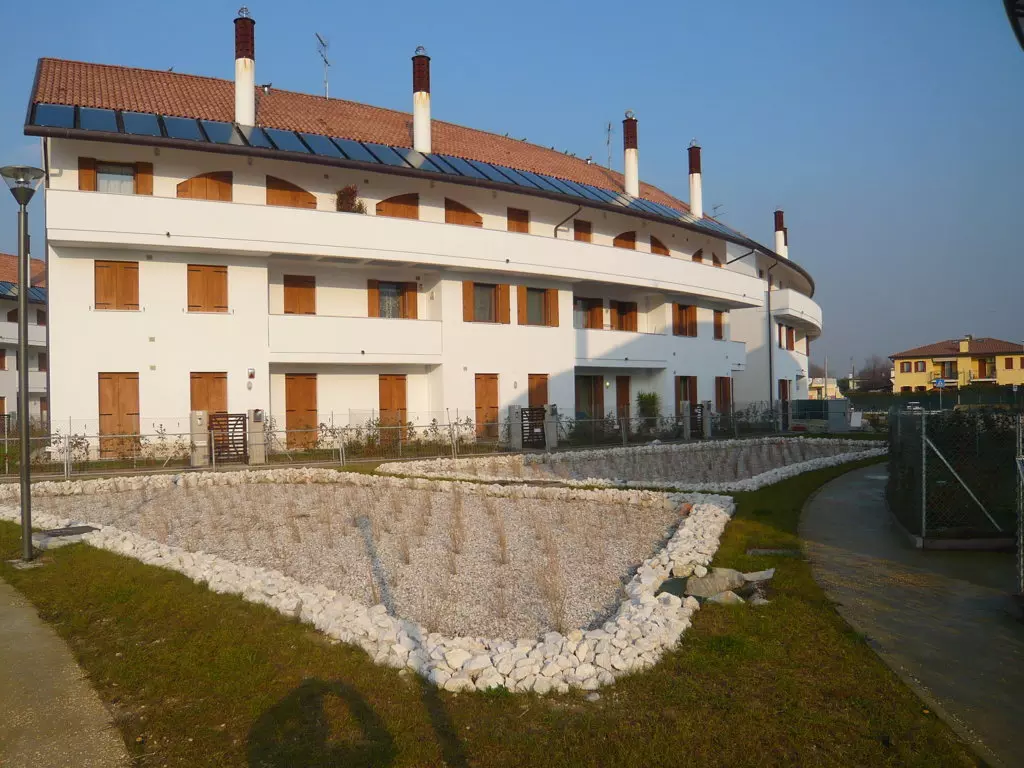Water saving
Nowadays, a person of a western country consumes on average 200 litres per days of potable water, even if it would be possible to use half of them maintaining the same level of comfort. Half consumed water also means half wastewater to be treated and a considerable energy saving, avoiding half withdrawal, potabilization, distribution, collection, and treatment: for instance, water industry counts for about 2% of national energy consumption in Italy.
IRIDRA proposes both simple and complex solutions in the field of water saving, thanks to the experience gained with the EU funded projects Wataclic and SWMED. risparmio idrico introSimple technologies include water saving devices for washbasins, showers, and flush toilets as well as low water consuming washing machines. More complex water saving schemes start from this question: do we need potable water to flush a toilet, to irrigate a garden or to wash a car? Rainwater harvesting and the treated grey water produce valuable non-conventional water resources for all the uses not requiring high water quality standards, as those previously listed. The use of simple water saving devices in conjunction with the reuse of rain and treated grey water is able to reduce of a half the daily water consumption (and the energy needed to withdraw, treat, and distribute it...).
Advantages
- more water left in rivers and groundwater
- less water pollution
- less energy consumption

The correct utilization of water resources is a fundamental goal, to which by now many regulations in European and national environmental laws tend. Water saving, recycling reuse are keywords of a good strategy of water resource management, obviously together with wastewater treatment and restitution to the environment of not polluted waters.
There are many feasible actions that allow a significant saving of water; the interest towards these possibilities has recently grown both in the scientific world and in the competent authorities.
Many simple devices that allow to reduce up to 50% the hot and cold water consumption exist: halving the water consumptions allows to save not only fresh water, but also fuel used to heat it, with a consequent energy (and money) saving and a reduction of pollution of the air and of the greenhouse effect.
These devices, called flow accelerators, replace traditional taps of showers and faucets. The functioning is based on the "Venturi" principle, which allows creating an air-water mix.
These systems avoid limestone deposition, reduce maintenance costs bettering the pressure in the hydro-sanitary devices and avoid the lack of hot water in case of many showers used at the same time. Moreover, technical interventions are not necessary to install them.
Also with toilet flushing, it is possible to reduce water consumptions, passing from the 12 litres consume in traditional systems to 7 litres consume in the newest types. Typologies of toilet flushing available at the moment are:
12 litres: the traditional WC;
9 litres: the old porcelain WC positioned up from the seat, that harnesses waterfall to enhance pressure and velocity;
double button: WC with a differentiating valve;
7 litres in pressure: systems that use a pressure of the net or of a pump.
However, most innovative solutions for domestic sanitation (according to the approach called at international level "sustainable sanitation") are those which consist of the separation of black and grey waters inside the buildings. These solutions, besides allowing recycling of water in the households and consequently reducing of consumptions, permit to optimize sewage systems and treatment plants.
IRIDRA's experience
One the most relevant IRIDRA experience in the field of sustainable sanitation design is the residential area of Preganziol (TV - Italy) were the installation of water saving devices were integrated with greywater treatment and reused and rainwater harvesting.

A residential area of Preganziol (TV - Italy), in which IRIDRA has designed different solution of sustainable water management (greywater treatment and reuse, rainwater harvesting, and water saving devices)

